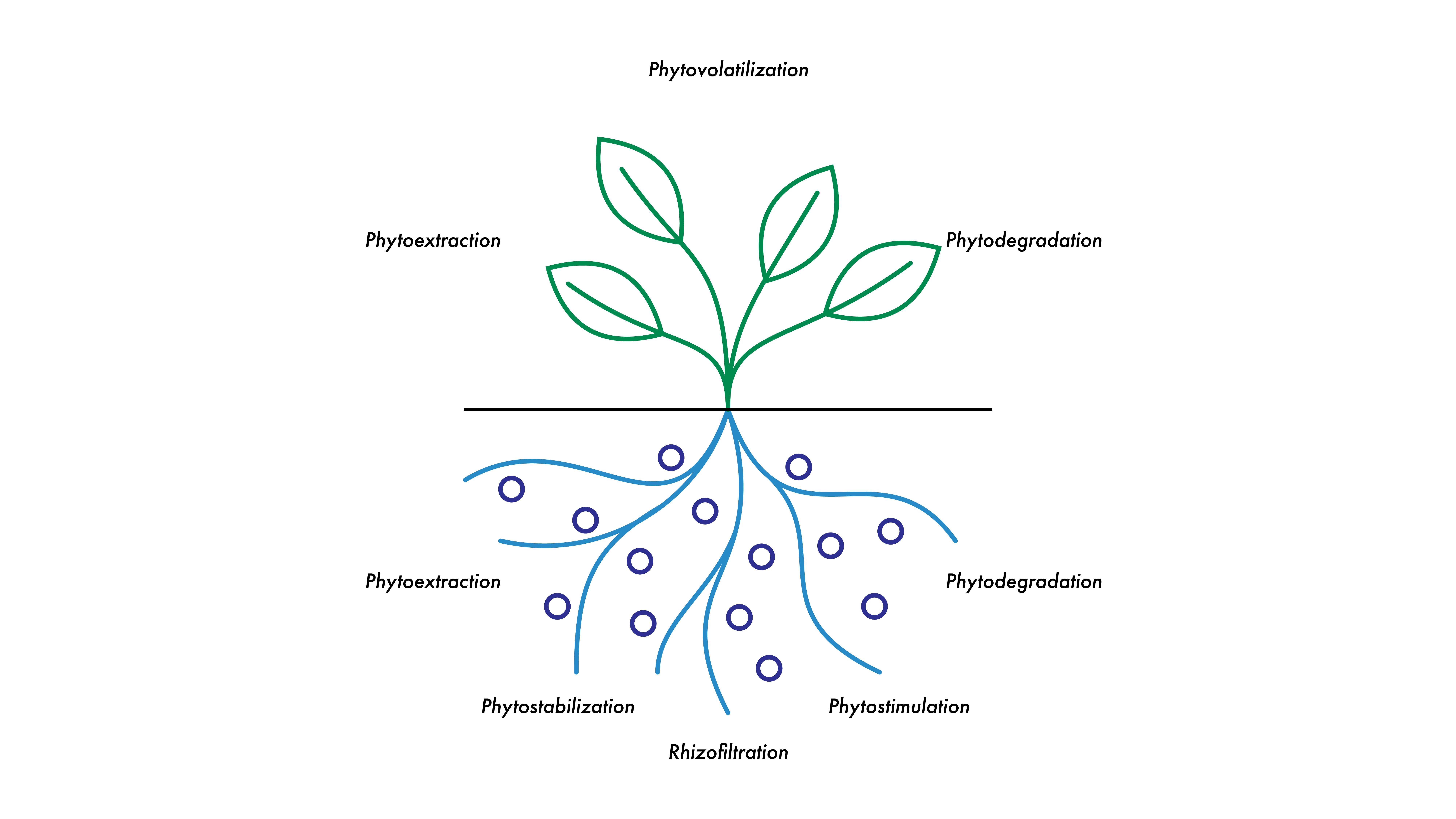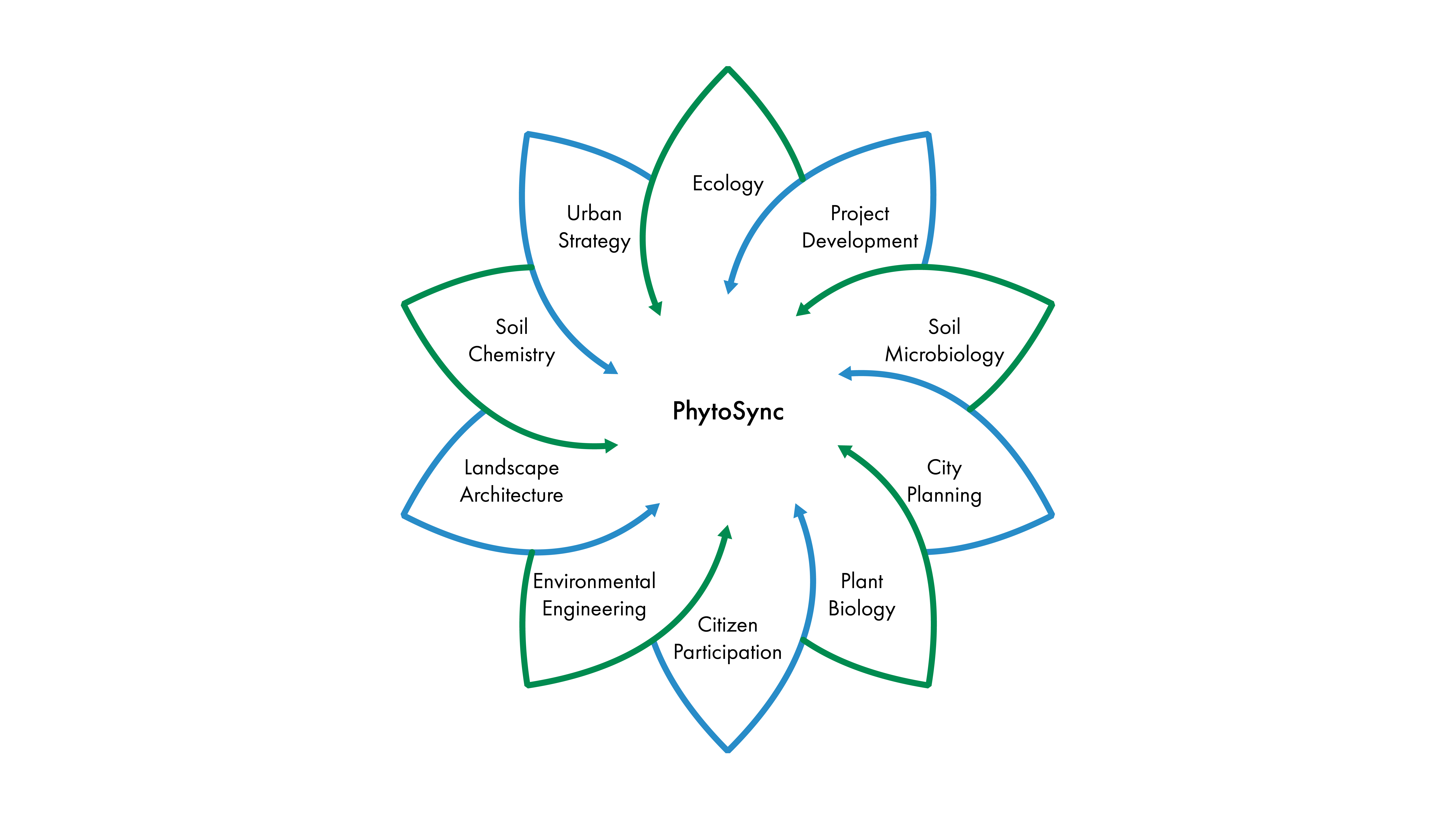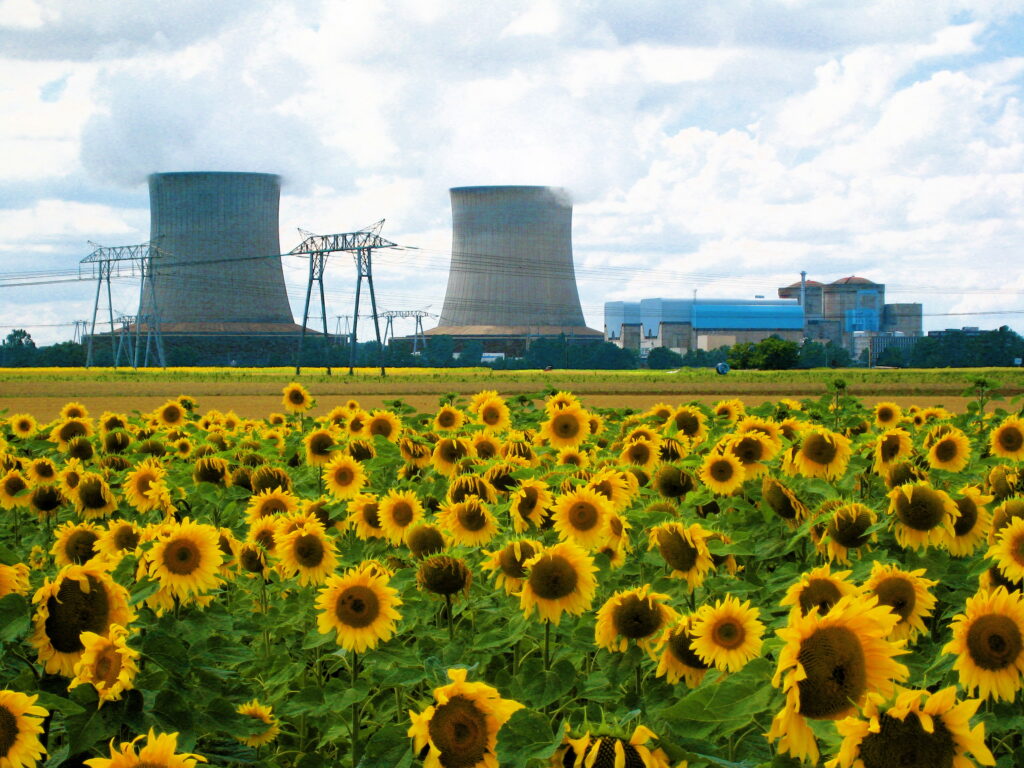PhytoSync is an open-source platform that brings together researchers and designers for the application of phytoremediation in urban environments. Phytoremediative plants have the potential to cleanse the soil, air and water of harmful substances in a natural way.
PhytoSync is an initiative of the Scape Foundation and is being developed in collaboration with Wageningen University & Research. At the moment there is no international dataset of plant species with such properties. Knowledge is very fragmented. The Scape Foundation is working with Wageningen University & Research, among others, on PhytoSync; an open-source platform that includes a database that is accessible in a visual way. PhytoSync will be launched as a platform in 2022.
This platform aims to bring together researchers, designers and developers to drive the application of phytoremediation in urban environments. A good example is De Ceuvel in Amsterdam, also one of the collaborating partners in the research. A phytoremediative plant selection can also be seen in the Red Garden of the Exploded View: Beyond Building.
The soil in the Netherlands is seriously polluted in approximately 250,000 places.

Phytoremediative plants
Phytoremediative plants, also called hyperaccumulators, absorb pollution through their roots. These substances, such as metals and chemicals, are then broken down or incorporated into the plant’s biobiomass. The biomass of the plants thus offers the potential to fix contamination in building materials. Valuable raw materials could also be extracted from the biomass via ‘phyto mining’ principles. This will be further investigated in the course of 2021 in collaboration with the University of Amsterdam.
Phytoremediation is a technology that uses plant species to purify the environment of pollutants. For example, plants are used to remediate soil contaminated with heavy metals by industry. The technology is considered non-invasive and cost effective compared to other methods of cleaning the environment. This offers a natural alternative to ecologically burdensome methods of remediation, such as excavations.
The pollution in the soil is often invisible to the eye, but it does have a huge impact on our lives, from a social, ecological and economic point of view. The impact on our health varies from children playing outside who come into contact with chemicals, to the absorption of heavy metals in the food grown in the urban environment, to the airborne substances that everyone inhales. From an ecological point of view, there is a direct link between this pollution and the biodiversity in the city.
Economic growth is also hampered by soil pollution. A concrete example can be found in the construction sector. Contaminated soils sometimes lie fallow for years because they cannot be developed. As a result, for example, municipalities and port companies lose income, while project developers and housing corporations are unable to meet the increasing demand for commercial and social real estate.

